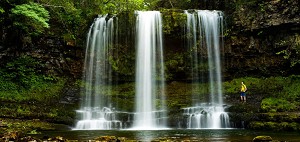
Arizona gets a mixed press, probably thanks to its lax gun control and a controversial immigration policy about which the less said the better. You might imagine featureless baking plains and trigger happy rednecks, but think again. It's a friendly kind of place. When people insist you "have a nice day" they really seem to mean it; and if you're into the outdoors it's hard not to.
This is one of the most varied and beautiful states in the southwest, with peaks high enough for decent skiing, ancient pine forests full of big scary animals and jagged moonscape mountains dotted with groves of famous sguaro cacti, tall as trees. Arizona's mind expanding spaces are etched with countless water-worn canyons and slots, from remote gorges that rarely see a human visitor to the biggest and best known hole in the world, the 270-mile-plus tourist magnet that is the Grand Canyon. With their cool running water, cascades and lush vegetation the shady canyon depths are a striking contrast to the arid landscape above, and to really get to know a canyon it's no good peering in from the rim; you've got to poke about in its guts. Often this'll just involve putting one foot in front of the other, but happily it's not always so straightforward. When the good folks at the AZ tourist board offered to fly me over to do a bit of delving about in various gorges I couldn't refuse. There'd be nothing too taxing, but plenty of scenery.
An hour or two from downtown Phoenix, one of America's largest metropolitan areas, life takes on a whole different complexion. Beyond the spreading malls and freeways there's a far bigger expanse of nothing much at all. On my first ever morning in the US I headed out of the city traffic into the wide blue yonder to meet up with local guides Garrett and Dave at the Butcher Hook diner in the flyblown desert settlement of Tonto Basin. A notice on the door said no guns please, and the dress code seemed to require Stetsons or baseball caps. I felt like I'd walked into a road movie.
I'd come for a spot of canyoneering - canyoning to us Europeans, something I'd only ever tried before in the breathtaking cold of a Scottish burn. At what felt like 100 in the shade and 0% humidity today was going to be rather different. Some gorges are just a simple walk, but where the rocks get steep and the water fast flowing things get more exciting. This sport takes the rope play and troglodytic slitherings of caving into an open air setting (though in the deepest, tightest slots you're effectively underground), throwing in white water swims, natural flumes and improbable waterfall jumps. Gear and techniques are pretty specialised, and knowing your canyon definitely helps. It's not an activity I'd be likely to DIY. How do you know the pool you're about to leap into from eight metres up is deep enough, for a start? In my case, because Garrett and Dave say so. They are among Arizona's most experienced canyon guides (not to mention hiking and climbing), and though I'm not usually a big fan of being guided a day out under their wing proved to be a lot of fun and got me places I wouldn't otherwise have seen.
Another hour's drive took us high into the dusty hills of the Tonto National Forest, an emptiness so huge that it's measured in millions of acres. I abandoned my hire car when the road dwindled to a rutted obstacle course that put Garrett's monster 4WD through its paces. Then we were out among the prickly pear, donning wetsuits and harnesses under an incongruously blazing desert sun. With several rappels, big waterfalls and crystal clear pools, the descent of the gothic rock gorge of Parker Canyon gave us a great little backcountry adventure (note to self; 'any old trainers' might do, but at least make sure they've got some grip on wet slimy rock). Dave and Garrett apply something of a trad ethic to their canyoning, rejecting permanent bolt anchors at abseil points in favour of more meticulously constructed alternatives relying on whatever they find on site – a sling round a tree stump, or wrapped around a boulder weighed down in a pile with other rocks (jings). For the routes they regularly guide they'll build these at the start of the season, then strip them for the winter. That way the challenge is preserved and the canyons remain in their natural state.
After these excitements, time to chill. We camped the night in high ponderosa pine woods, watching stars through the tall straight tree trunks as the campfire smouldered (great care is needed in dry conditions – see a recent report of wildfires here). In the early hours I woke to the spooky howls of coyote echoing in the primeval forest. It just needed a grizzled old prospector playing the harmonica for the picture to be complete.
Next day brought a complete step change. I returned to Phoenix to join a tour group for something far more sedate, a few days of guided canyon hiking based at a luxury camp to which you don't even have to carry your own bags. I let myself off the mollycoddling on the grounds that this was work; nice work too if you can get it. We numbered 14, a group of mixed age and ability led, fed and entertained by our enthusiastic guides Josh and Maryanne. Several hours' drive north of the city we turned off historic Route 66 into the Hualapai Reservation, an emptiness of scrub and pine. After 60 more miles without passing a single car a presence began to be felt on the skyline - or rather, an absence. At 277 miles in length and up to one mile deep the Grand Canyon is billed as the biggest wrinkle in the skin of our planet, a multi-layered ravine complex of many twisting tributaries, sprawling far beyond the borders of its 1.2 million acre National Park. One such side branch is Havasu Canyon, a wooded oasis of turquoise pools and surreal waterfalls beneath crumbling tiered walls. It's been home for many centuries to the Havasupai tribe, the only permanent inhabitants of the world beneath the canyon rim. Supai village, the 'capital' of their reservation (by dint of being the sole settlement), can be reached only on foot, on horseback or by helicopter, and is served by the last remaining mule train in the US postal service. In car-crazy America it's a welcome anomaly.
The Grand's famous trails attract walkers from around the world but they can be hard, thirsty work and permits need to be booked in advance. Havasu Canyon offers a softer walking experience. From the shade-free austerity of the rim it's an easy eight miles to Supai, and a further two to the leafy canyon-bottom campground. Thanks to the regular trains of packhorses that kick up dust along the trail your personal load need be nothing more than suncream, camera and several bottles of water or something unspeakable called Gatorade. Before the morning sun grew too fierce we took the zigzag trail through pale limestone crags into the barren upper canyon. In this desiccating environment skin and clothing dries before you've noticed that you're sweating, and even the fittest unacclimatised visitor needs to watch out for dehydration and heat stroke. The secret is to cultivate an obsessive drinking habit, and learn to take things slowly. A gentle amble seemed a much better idea than my normal purposeful pace; though the walking is easy the weather was a whole new ball game for someone more used to the cooling kiss of Scottish drizzle.
Below the upper limestone tier is a layer of orange sandstone. Starting as low curvy cliffs vaguely reminiscent of Bowden Doors the walls on either side loom higher as the canyon floor descends between them, bulging over the gravel trail to almost touch in places. These passages offer shady refuge for trees and blossoming bushes that glean moisture from the dry stones of the river bed. Eventually this narrow slot opens onto the oasis proper and a clear stream is met, gurgling out of the well-named Cataract Canyon and exhaling cool air. The cliffs above remain bone dry, but a rich riparian habitat thrives in the narrow strip flanking the water - cottonwood trees, flowers, song birds and equally vocal frogs. I was less keen to encounter the resident tarantulas, scorpions and rattlesnakes.
Dwarfed by the surrounding walls, a cluster of cabins scattered among livestock enclosures and gnarled old trees, Supai village feels a million miles – and several centuries - from the world above. Facilities are limited for both locals and visitors. Tourism may be an economic lifeline but the 400 or so Havasupai live a secluded lifestyle tied to their land, preferring to speak their own language and keeping alive ancient custom. Tourists pay a fee to enter the reservation, and in common with many American wilderness areas numbers are restricted to avoid overcrowding. Visitors are certainly welcome, but if the Havasupai seem retiring people on first acquaintance it's no wonder considering their persecuted history. The reservation is semi autonomous, governed by a seven-member tribal council, and it's worth noting that booze is banned.
Beyond Supai is evidence of the natural forces that continue to shape the landscape. In 2008 flooding ripped through the canyon, diverting waterfalls, damaging homes and scooping out millions of tons of rock to leave a deep scar. A newly created cascade is now notable for a scary 10 metre jump into a frothing pool; once was enough for me. Continuing downstream you come to Havasu Falls, a 30m column thundering into a round pool from the lip of a cliff that looks like melted wax. The mineral solution that builds onto the rocks as gargoyle-like travertine flutings also turns the water milky blue-green, making for totally surreal swimming. There's an exciting high jump, though not from the top naturally, and with determination it's also possible to fight through deafening spray into a cave hidden behind. Here it pays to go with someone who knows; I'd never have thought to look without our guides.
In my experience wild camping usually means wet socks and cardboard dinners, but our Havasu base camp rewrote the rules. Our circle of tents pitched beside the creek boasted real mattresses, a dining table and hammocks slung between trees. The standard of catering reflected the fact that everything had come in by mule; the trip was as much about eating as walking. As for the walking, our wee venture downstream was perhaps the highlight, with several river fordings and a chain-assisted scramble down a steep slimy stairway carved by 19th Century miners to the base of the biggest of Havasu's cascades, the slightly sinister Mooney Falls. With a bit of effort it is possible to continue down-canyon all the way to its confluence with the mighty Colorado River, but in this heat that seemed a step too far.
When we returned to the land of mobile phone reception there was good news; an Icelandic volcano had shut down British airspace, trapping me in AZ. Keen to keep me busy, the tourist office hooked me up with Phoenix-based hiking guide Ray Hendricks. Despite its urban sprawl it turns out that Phoenix boasts some of the best walking within easy reach of any US city - if you don't mind a bit of heat and dust. An hour out of town Ray turned us off the highway onto a dirt track which climbed through groves of sguaro cactus up into the jagged Superstition Mountains (they suit their name). We made for the isolated canyon of Rogers Trough, and a rough hiking trail beside a babbling creek in the dappled shade of juniper scrub and crumbling crags. This led in about four miles to a series of caves, sheltering a number of Salado Indian cliff dwellings dating back over 600 years. One house remains so intact that the builders' hand prints can still be seen in its adobe walls and roof. It felt particularly special because you have to put in some leg work to reach it, and we had the place to ourselves. Except for the wildlife. Rounding a bend a sudden unmistakeable sound stopped us in our tracks - an Arizona Black rattlesnake coiled on the path. There was that stumbling into a movie feeling again.
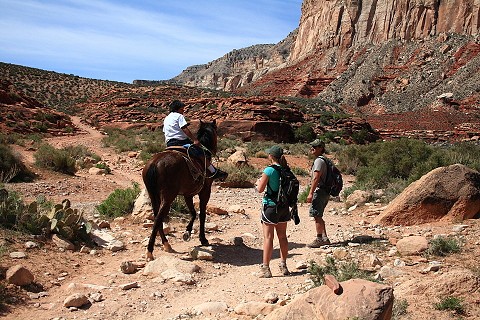
Further info
Canyoneering
Tap into the local knowledge of canyoneering specialists Center Focus and get to places few others ever see.
Hiking
Regular guided Havasupai trips are run to impeccably high standard by local firm Arizona Outback Adventures between April and October.
For guided hikes in the Phoenix area and further afield in AZ also check out Just Roughin' It.
Guidebook
For more information on Grand Canyon hikes, gear etc try The Grand Canyon by Constance Roos, Siân Pritchard-Jones and Bob Gibbons, (pb Cicerone)
About Dan Bailey
popin[(300, 167231, "Dan Bailey", "right")]
Dan Bailey, UKH Editor (News), is the author of several guidebooks including West Highland Way, The Ridges of England, Wales and Ireland - Scrambles and Climbs and Scotland's Mountain Ridges - A Guide to Scrambles and Climbs described as 'a work of considerable authority, I can recommend (it) unreservedly' by Chris Craggs.
Dan lives in Fife and has always had a passion for climbing and the outdoors. His work features widely in print and online media, from outdoor mags to Sunday papers.
articles_author()]



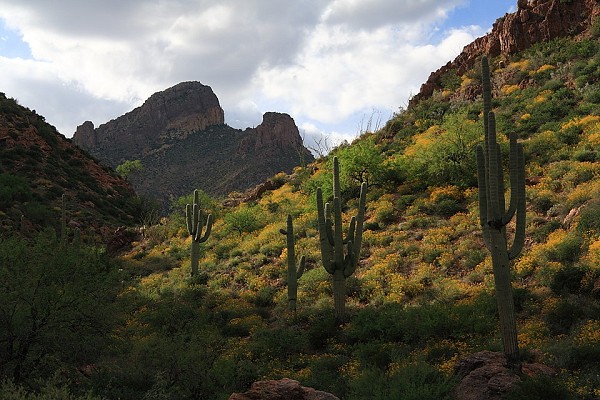
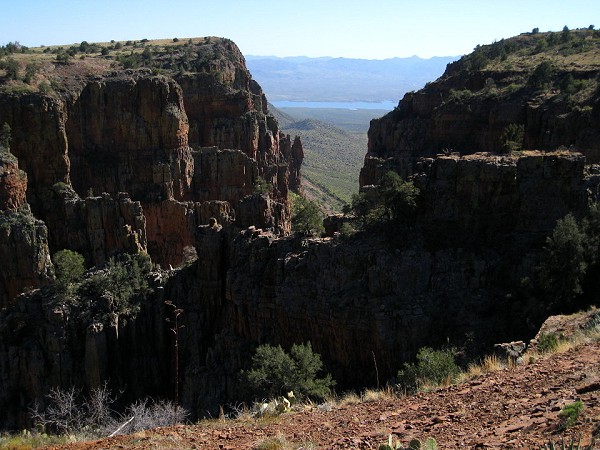
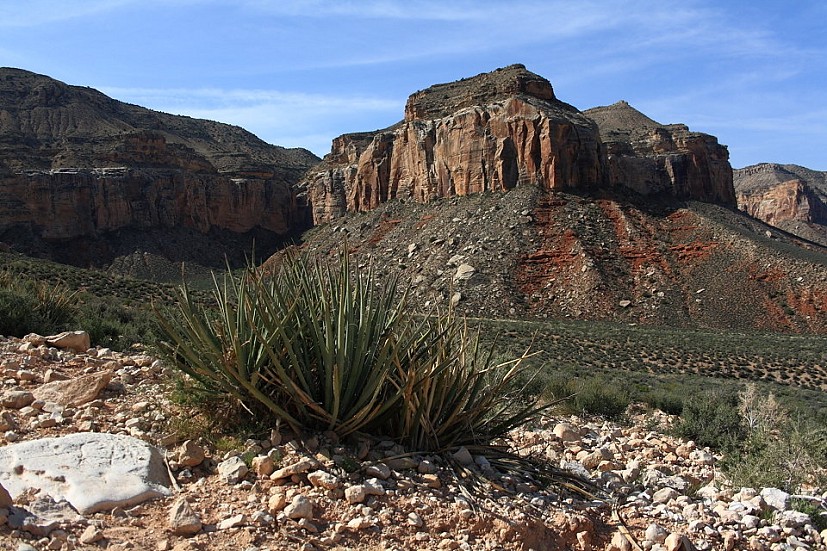
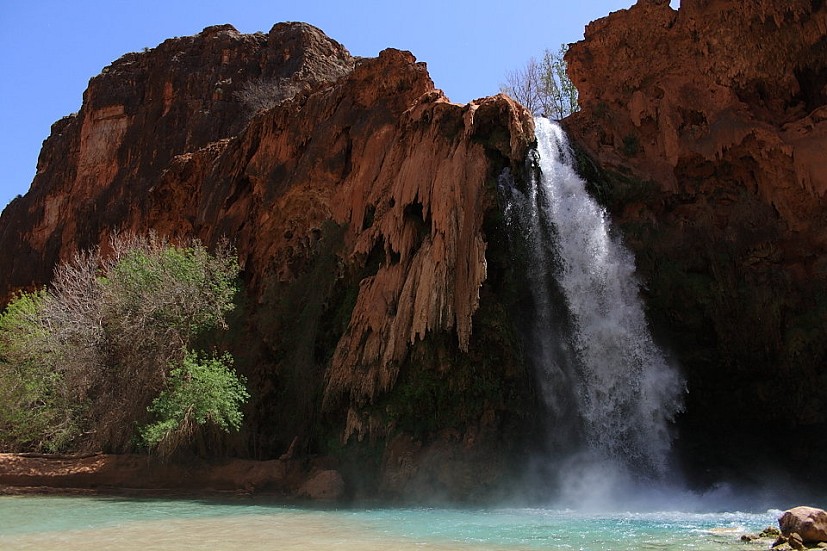
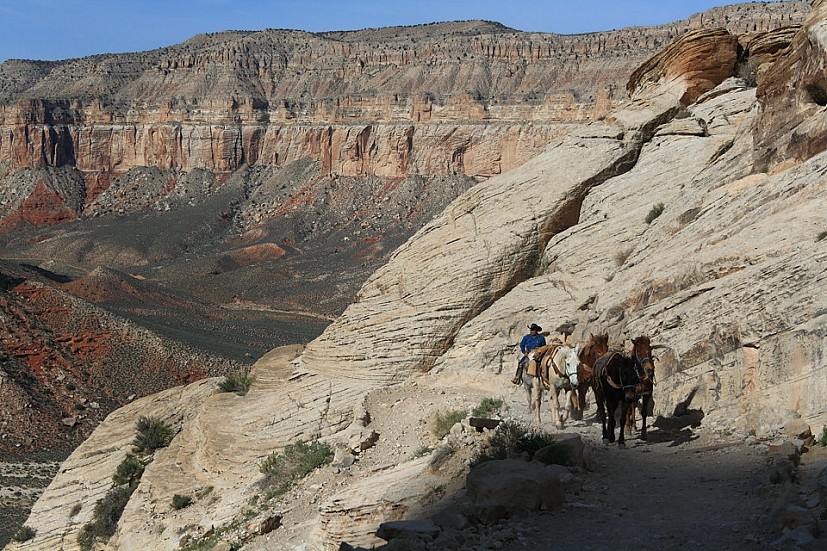
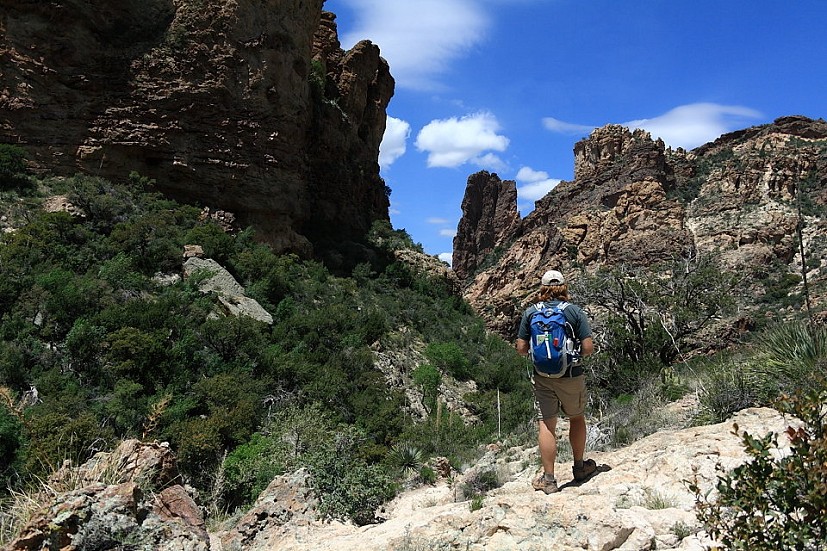

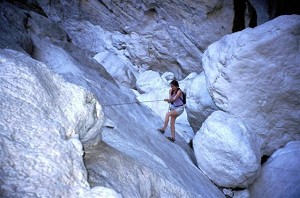



Comments